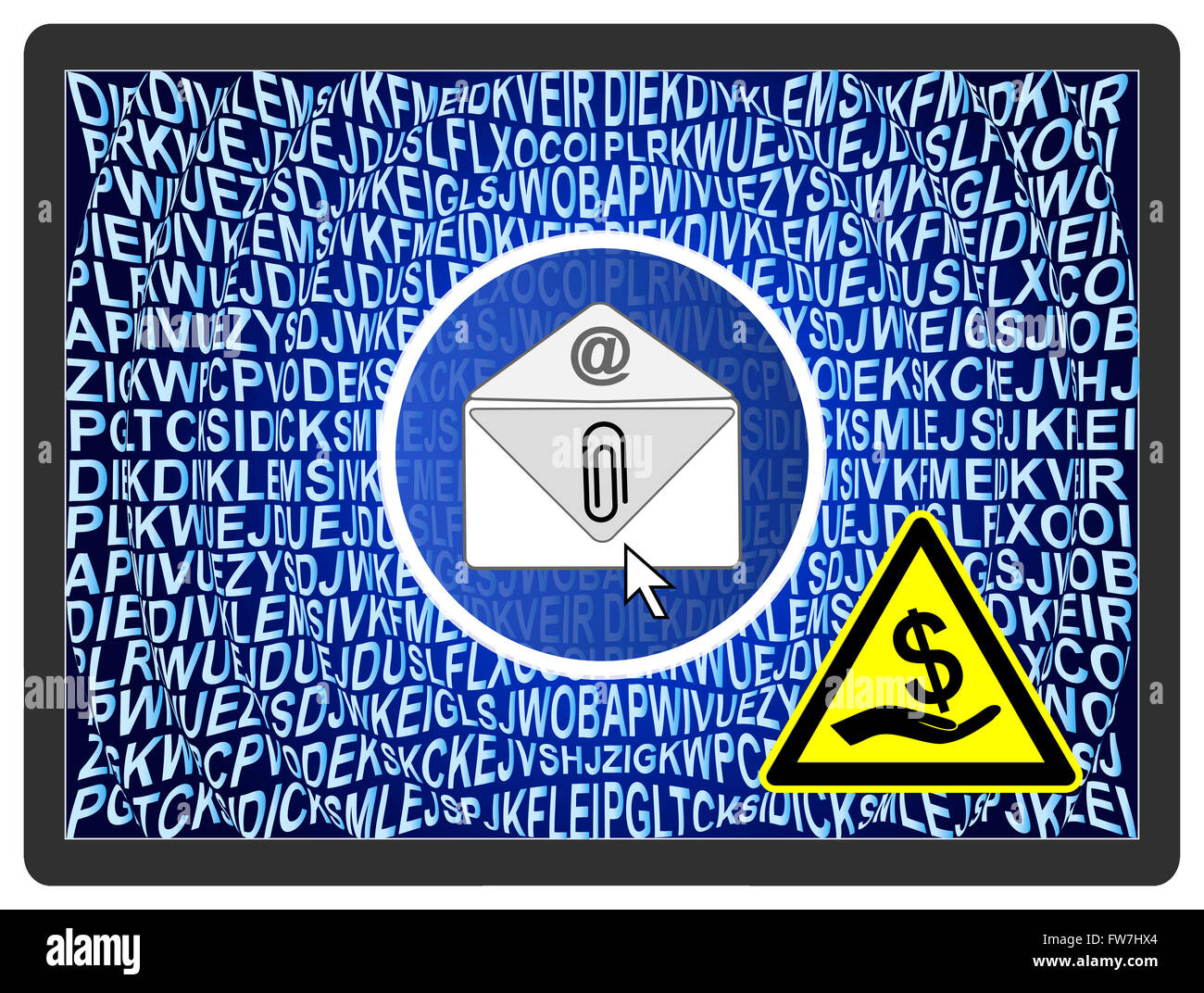
Note that paying this fine is equivalent to sending your money to cyber criminals with no guarantee that your files will be decrypted. Cyber criminals order this ransom payment using Ukash, cashU, MoneyPak, or Bitcoin.
Crypto locker names software#
Note that exploit kits rely on outdated software in order to infiltrate systems, therefore, keeping your operating system and all installed programs up-to-date greatly reduces the risk of infection by ransomware viruses.Īfter successful infiltration, CryptoLocker encrypts files on the infected machine and demands payment of a 300 USD or 300 Euro ransom in order to unblock the computer and decrypt the files. Common sources of exploit kits are infected email messages, malicious websites, and drive-by downloads. The virus is distributed using 'exploit kits', which infiltrate users' computers using security vulnerabilities detected within outdated software.

Would you believe that?įinding this article interesting? So you will probably like this one about 11 real and famous cases of malware attacks.CryptoLocker is a ransomware virus created by cyber criminals.

“With buying the first key you will find that we are honest”, says the ransomware message. To spread, this type of ransomware often exploits vulnerabilities in Remote Desktop Protocols (RDP) and File Transfer Protocol (FTP).Ī curious fact about SamSam is that the victim is asked to make a first payment for a first key, which would unlock only a few machines. Hancock Health, an Indiana hospital, paid a ransom of USD 55,000. Just the city of Atlanta spent more than USD 2 million to repair the damage. A loss of USD 30 million is estimated as a result of the attacks. and Canada, including hospitals, municipalities and public institutions. In the same year, two Iranian hackers were accused of using SamSam against more than 200 organizations and companies in the U.S. But it was in 2018 that it gained much more prominence after infecting the city of Atlanta, the Colorado Department of Transportation and the Port of San Diego, in the U.S., abruptly stopping services. SamSam ransomware was identified a few years ago, more precisely in late 2015. In this article, we’ll cover the following examples of ransomware: The examples of ransomware attacks listed below show you how these attacks can work, giving an idea of the damage that ransomware do to companies and people. The US agency pointed out that, in 2020, about 2,474 ransomware attacks were registered in the world, resulting in losses of more than USD 29 million. In fact, the European agency says ransomware is a key cybercrime threat for years. New tactics and technologies are used, either to deceive detection solutions, to encrypt different types of files, or to convince the user to pay the ransom amount.īoth the FBI and Europol point to ransomware as one of the main threats in the digital world. The worse is that, over time, they have become more advanced and sophisticated threats. Ransomware has been terrifying individuals and, most importantly, companies for about 30 years. The point is precisely to make it difficult to track the cybercriminal.

By the way, it’s usually required that the ransom is paid in cryptocurrency, such as, for example, bitcoin and monero. We used the word “theoretically” because, in many cases, the victim pays the amount that was required and still doesn’t receive the key. Theoretically, when the victim pays the ransom amount, he receives the decryption key, releasing blocked files or systems. Using encryption, it holds files and systems hostage.

Ransomware is a type of malware that hijacks and blocks files or systems, preventing the user from having access to them.


 0 kommentar(er)
0 kommentar(er)
